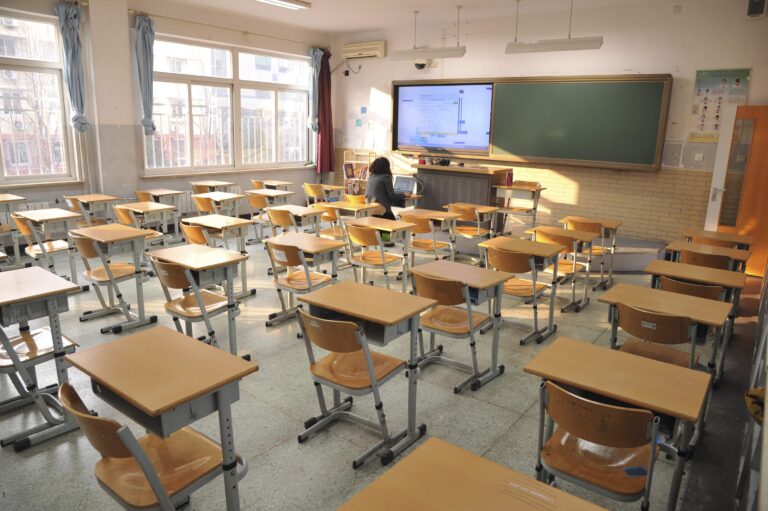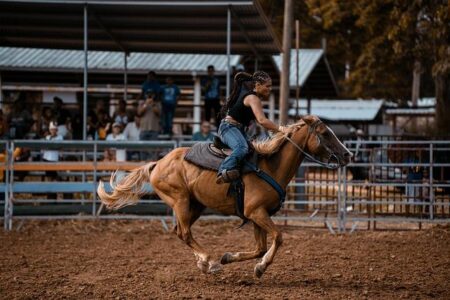Rethinking School Discipline: Moving Beyond Exclusionary Practices for Equitable Student Success
How Exclusionary Discipline Undermines Student Success and Engagement
Across the United States, the increasing reliance on exclusionary disciplinary actionsŌĆösuch as suspensions, expulsions, and classroom removalsŌĆöhas raised alarms among educators and policymakers alike. A recent analysis by the National Education Association (NEA) highlights that these punitive measures disrupt studentsŌĆÖ learning trajectories and foster a growing sense of alienation within the student body. When students are removed from the classroom, they miss critical instructional time, which negatively impacts their academic progress and diminishes their connection to the school community.
Students subjected to these disciplinary actions often experience a decline in motivation and participation, which can lead to chronic absenteeism and lower academic achievement. This cycle of disengagement not only hampers individual potential but also exacerbates systemic inequities, particularly for vulnerable populations.
Notable consequences of exclusionary discipline include:
- Decreased student involvement and collaboration in classroom activities
- Elevated dropout rates among disciplined students
- Greater risk of entanglement with the juvenile justice system
- Widening achievement disparities, especially among historically marginalized groups
| Disciplinary Action | Average Days Absent | Effect on Academic Performance |
|---|---|---|
| In-School Suspension | 3 | Approximately 5% drop in test scores |
| Out-of-School Suspension | 5 | About 12% decline in academic results |
| Expulsion | 10 or more | Up to 20% decrease in performance |
Disproportionate Impact on Students from Marginalized Backgrounds
Data consistently reveal that students from marginalized communities face exclusionary discipline at rates far exceeding their peers. Black, Indigenous, and Latinx students, in particular, are disproportionately disciplined for subjective offenses such as ŌĆ£disrespectŌĆØ or ŌĆ£defiance,ŌĆØ which often reflect implicit biases rather than objective misconduct. This disparity not only interrupts their educational progress but also deepens feelings of isolation and mistrust within the school environment.
Socioeconomic challenges, including poverty and unsafe neighborhoods, often intersect with these disciplinary inequities, compounding the barriers these students face. The following table illustrates recent statistics on suspension and expulsion rates by demographic group:
| Demographic | Suspension Rate | Expulsion Rate | Common Reasons for Discipline |
|---|---|---|---|
| Black Students | 18% | 5% | Subjective infractions |
| Latinx Students | 12% | 3% | Behavioral concerns |
| White Students | 6% | 1.5% | Severe violations |
- Implicit biases in disciplinary decisions contribute to unequal treatment.
- Exclusionary discipline perpetuates cycles of disengagement and academic setbacks.
- Restorative justice and culturally responsive practices offer promising alternatives.
Building Inclusive Schools Through Supportive Discipline Practices
Transforming school discipline requires a shift from punitive exclusion to inclusive, relationship-centered approaches. Restorative justice models prioritize open communication, accountability, and repairing harm, which helps maintain studentsŌĆÖ connection to their school community. These practices reduce alienation and encourage personal growth, fostering a more positive school climate.
Additionally, integrating social-emotional learning (SEL) equips students with essential skills such as empathy, conflict resolution, and self-regulation. These competencies are vital for nurturing respectful and supportive environments where diversity is celebrated and all students can flourish.
Engaging students, families, and staff collaboratively in policy development further strengthens trust and shared responsibility. The table below contrasts traditional exclusionary discipline with inclusive strategies:
| Disciplinary Model | Student Outcomes | School Environment |
|---|---|---|
| Exclusionary (Suspensions, Expulsions) | Heightened disengagement and dropout risk | Atmosphere of fear and mistrust |
| Inclusive (Restorative Justice, SEL) | Increased engagement and belonging | Culture of safety and collaboration |
Policy Initiatives to Curtail Suspension and Expulsion Rates
Addressing the overuse of exclusionary discipline demands comprehensive policy reforms that emphasize prevention and support. Schools should adopt positive behavioral interventions that tackle underlying causes of misconduct rather than defaulting to punishment. Expanding access to mental health services, implementing SEL curricula, and fostering strong student-staff relationships are critical components of this approach.
Professional development focused on cultural competence and implicit bias is essential to ensure fair treatment across diverse student populations. Furthermore, policies must encourage collaboration among educators, families, and community organizations to build inclusive, supportive learning environments.
Key policy recommendations include:
- Replacing zero-tolerance policies with individualized, context-sensitive responses
- Offering alternatives to suspension, such as in-school interventions paired with counseling
- Systematic monitoring of disciplinary data to identify and address inequities
- Increasing funding for school-based mental health professionals and support services
| Policy Component | Anticipated Benefits |
|---|---|
| Restorative Justice Implementation | Enhanced accountability and community healing |
| Cultural Competency & Bias Training | Reduction in discriminatory disciplinary actions |
| Expanded Mental Health Resources | Decrease in behavior issues linked to unmet needs |
| Family and Community Partnership | Stronger support systems promoting positive behavior |
Conclusion: Charting a Path Toward Equitable and Supportive School Discipline
The NEAŌĆÖs recent findings underscore the harmful consequences of exclusionary discipline practices, which often alienate students and hinder their academic progress. As schools and policymakers seek to cultivate environments where all students can succeed, it is imperative to move away from punitive measures and toward restorative, inclusive strategies. By addressing behavioral challenges through empathy, support, and community engagement, educators can help keep students connected to their education and pave the way for more equitable outcomes.







